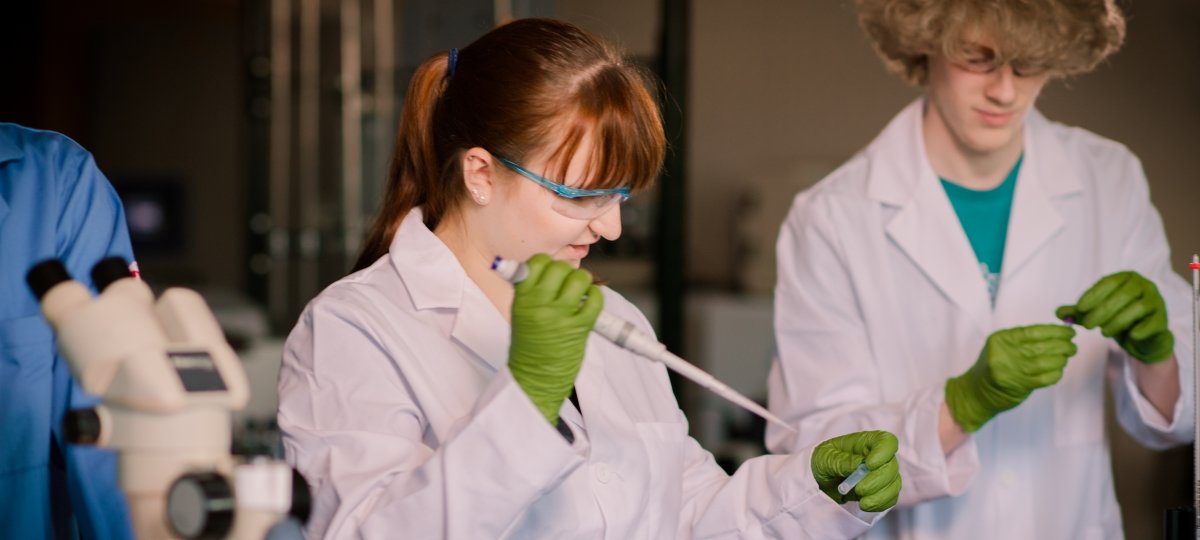In the 1930s, DuPont unveiled a revolutionary synthetic polymer called nylon, transforming industries from toothbrush manufacturing to fashion. While nylon’s versatility was celebrated, its environmental impact raised concerns, prompting the need for sustainable alternatives. San Diego-based Genomatica has emerged as a trailblazer, introducing plant-based nylon through biosynthesis, signaling the inception of a sustainable materials transition.
Understanding Biosynthesis:
Genomatica’s innovative approach involves using genetically engineered microorganisms to ferment plant sugars, producing a chemical intermediate that transforms into nylon-6 polymer chips and textiles. This bio-based solution not only provides a compelling alternative to traditional nylon but also addresses the environmental downsides associated with petroleum-based production.
Partnerships and Collaborations:
Genomatica’s strategic collaborations with industry leaders like Lululemon and Unilever underscore the growing interest in sustainable alternatives. As Christophe Schilling, Genomatica’s CEO, notes, we are witnessing the start of a sustainable materials transition that will reshape everyday products and their sources. These partnerships also emphasize the importance of collective efforts in driving meaningful change.
The Global Bioeconomy Movement
President Biden’s ambitious $2 billion initiative signifies a substantial commitment to research and development efforts in sustainable biomass, waste utilization, and the production of non-toxic, bio-based fuels and chemicals. Initiatives like BioMADE, a Department of Defense-funded Manufacturing Innovation Institute, further emphasize the importance of biological systems in creating eco-friendly alternatives. The intersection of government support and private-sector innovation is crucial in propelling the bioeconomy forward.
The Role of the U.S. Department of Agriculture:
With a $41 million allocation for developing new markets for wood-based products, the U.S. Department of Agriculture plays a pivotal role in promoting sustainable alternatives. The BioPreferred Program ensures federal agencies prioritize bio-based content in their purchases, fostering the growth of sustainable products. This governmental support encourages a shift towards bio-based materials across various sectors.
Regulation Driving Change
The European Union’s proposed rules on recyclable and reusable product packaging by 2030 highlight a commitment to sustainable practices. The textile industry, in particular, is gearing up for comprehensive sustainability regulations, emphasizing a shift toward bio-based materials. These regulations not only set standards for eco-friendly practices but also stimulate innovation in industries striving for sustainability.
Pressures on the Fashion Industry:
The fashion industry faces increasing pressure to adopt sustainable practices. Mushroom-based leather alternatives, such as MycoWorks’ Reishi, offer promising solutions, boasting a significantly lower carbon footprint compared to traditional leather. The success of MycoWorks exemplifies how companies can thrive by meeting consumer demands for environmentally conscious products, signaling a transformative shift in the industry.
The Lucrative Bioeconomy:
Estimates place the U.S. bioeconomy at $1 trillion, with a global value of $4 trillion. Projections indicate the potential for the bio-based products’ economic opportunity to exceed $7 trillion by 2030. This economic viability further incentivizes companies to invest in sustainable alternatives. The bioeconomy not only aligns with environmental goals but also presents lucrative opportunities for businesses, creating a win-win scenario for both sustainability and profitability.
Technological Advancements
Technological innovations, such as MettleWood, derived from lignin-free wood, showcase advancements in creating sustainable construction materials. 3D-printed houses from wood byproducts demonstrate the recyclability and repurposing potential of bio-based materials. These advancements not only address environmental concerns but also open doors to novel, eco-friendly construction practices.
Mass Timber as a Sustainable Building Material:
The growing popularity of mass timber, a cross-laminated wood product, highlights its strength and potential to sequester carbon, converting buildings into carbon sinks. However, challenges in scaling up production remain. As research and development progress, mass timber has the potential to revolutionize the construction industry, offering a sustainable alternative to traditional materials.
Challenges and Future Outlook
The gap between research and mass production, often referred to as the “valley of death,” poses a challenge in the bioeconomy’s growth. Bridging this gap requires incentives for pilot-plant production. Government initiatives and private investments aimed at scaling up sustainable production are essential for overcoming this hurdle and ensuring the successful transition to bio-based materials on a larger scale.
In the wake of growing consumer demand for eco-friendly options, companies may be tempted to capitalize on this trend without genuinely committing to sustainable practices. This not only misleads consumers but also undermines the credibility of the broader movement towards a more sustainable economy.
Greenwashing and Unintended Consequences:
As the world increasingly pivots towards sustainable alternatives, the rise of bio-based products brings both promise and challenges. One of the key challenges is the potential for greenwashing and unintended consequences, a complex terrain that demands careful navigation.
Greenwashing, in the context of bio-based products, refers to the deceptive practice of presenting a product as more environmentally friendly than it actually is. This can involve exaggerating claims about the product’s eco-friendliness, obscuring negative environmental impacts, or simply misrepresenting the overall sustainability of the product.
Conclusion:
While the bioeconomy is still in its early stages, increased funding, regulatory support, and technological advancements signal a transformative shift toward sustainable alternatives. Public awareness, coupled with early adopters, will play a pivotal role in driving the development and utilization of bio-based products, ultimately shaping a more eco-conscious future. The intersection of science, industry, and regulatory frameworks holds the key to a thriving bioeconomy that benefits both the planet and its inhabitants.
The cautionary tale of the biofuel industry serves as a stark reminder of the potential pitfalls associated with greenwashing. Initially hailed as a cleaner alternative to traditional fossil fuels, the rush to produce biofuels led to unintended consequences.

